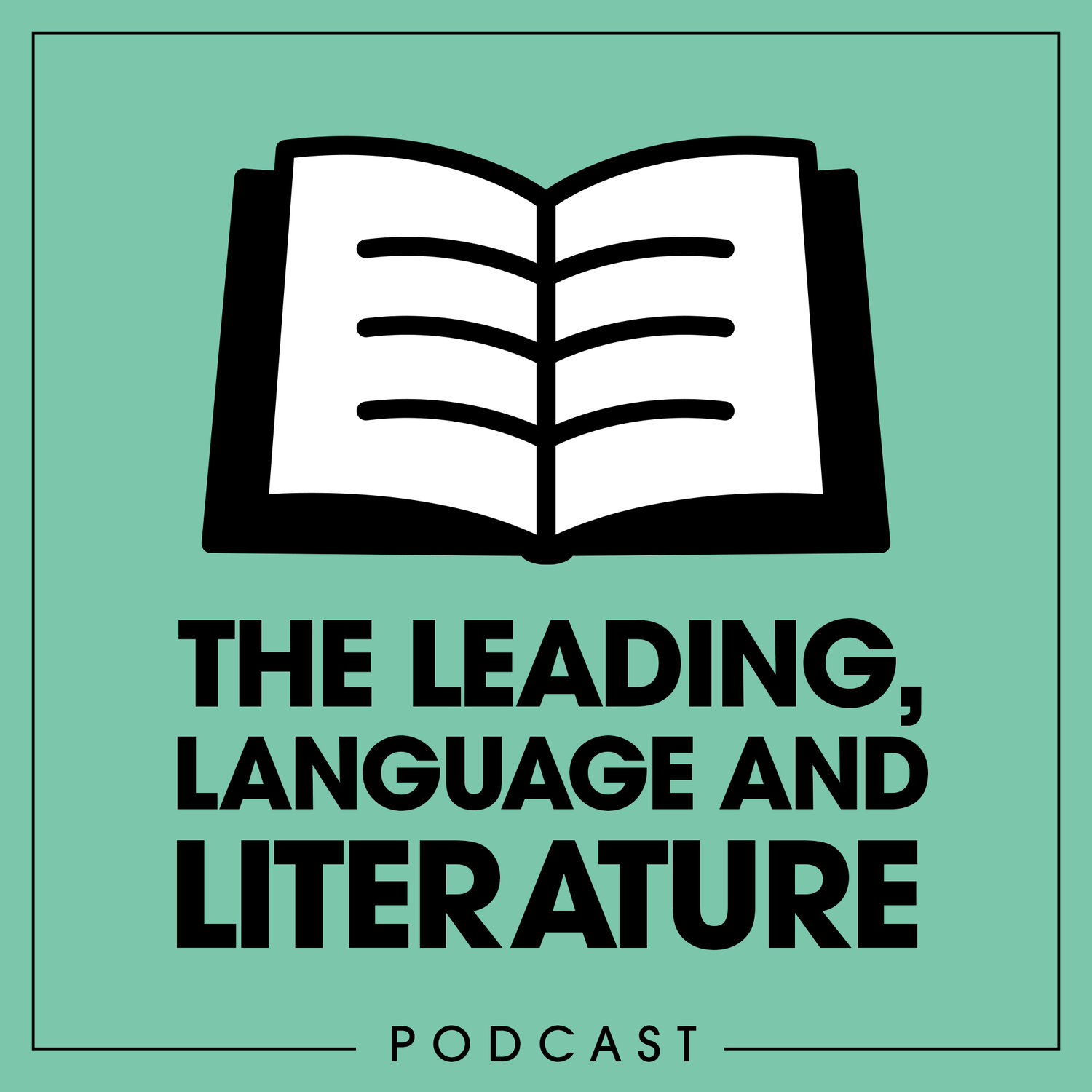M-I-S-O Research Methods in English
Although still trying to find a way to meaningfully integrate inquiry in secondary English, the MISO method may certainly support any future success in the endeavour.
Brought in for one unit with all 3 year levels at middle school, it has offered an opportunity for direct instruction, student autonomy and meaningful reflection when it comes to making inquiries.
What is MISO?
For those yet to come across this approach, the anagram can be deconstructed as follows:
Media - books, magazines, websites and/or chatbots
Interviews - one to one conversations conducted in person or (often) over email
Surveys - paper or digital gathering of data from the relevant population
Observation - formal explanations of their experiences or visits to relevant locations and events
As far as I know, this is a framework first created and shared by Cathryn Berger Kaye who I have interviewed about it here. Additionally, this is a PDF about how to scaffold the approach in Primary upwards.
Initial Impressions of MISO
Thus far, this approach to research has supplemented units regarding sustainability on the school campus, cultural stereotypes we may hold within a diverse school community and positive news stories from across school life.
One advantage of MISO has been students reflecting on where the weaknesses in their research lie. Through pre-planned moments during the unit, they can review whether each method is bringing them the data they need or not and react accordingly.
A case in point, students in the news unit were excited to receive 100s of survey responses for articles regarding the likes of sports day or how the Y7s are settling in respectively but soon realised that the comments were lacking information that would engage readers or add texture to their feature articles. Those who had not yet conducted interviews suddenly saw the advantage of well-planned, one to one conversations with people that could enhance their writing. Alternatively, students who had only reached out to their friends were quickly called to task by classmates when presenting their findings as many argued that 7 responses would fail to convince the target audience that their proposal was soundly researched.
Areas for Improvement
More needs to be done around supporting students understanding of what makes reliable ‘media’. This seems to be something that can not easily be fixed with teaching them the CRAP (Currency - Reliable sources - Authority of writer - Purpose is unbiased) anagram when using websites. What intuitively comes from having seen tens of thousands of websites in a lifetime cannot easily be transposed into the practice of a teenager whose life on line may be primarily spent on apps with a discrete purpose such as gaming or social interactions.
Likewise, the ability to see the difference between a good question or bad question in an interview or survey can be taught but undoubtedly needs to be experienced, reflected on and retaught throughout school to be meaningfully comprehended. This raises the consideration of finding ways to interleave MISO in every unit where possible throughout middle-school.
Reaching out to other departments would allow a doubling down for students’ appreciation. I would imagine that the approach lends itself well to the Humanities, DT and perhaps the Arts. Convincing leaders and teachers in these disciplines would help pupils see the universality of the framework and therefore apply it and strengthen it on a more regular basis.
Summary
The MISO method is a great way of engaging students in authentic research
It can offer personalisation to any unit’s assessment alongside the direct instruction of skills that are also required
Each approach still requires forms of direct instruction and modelling at the outset but students gain insight and independence quickly
Teachers may need to intervene at key stages of the unit to ensure that students receive feedback on whether they are going about each strategy in an appropriate manner - this is often best done as a public sharing of their findings where classmates can give their comments too
